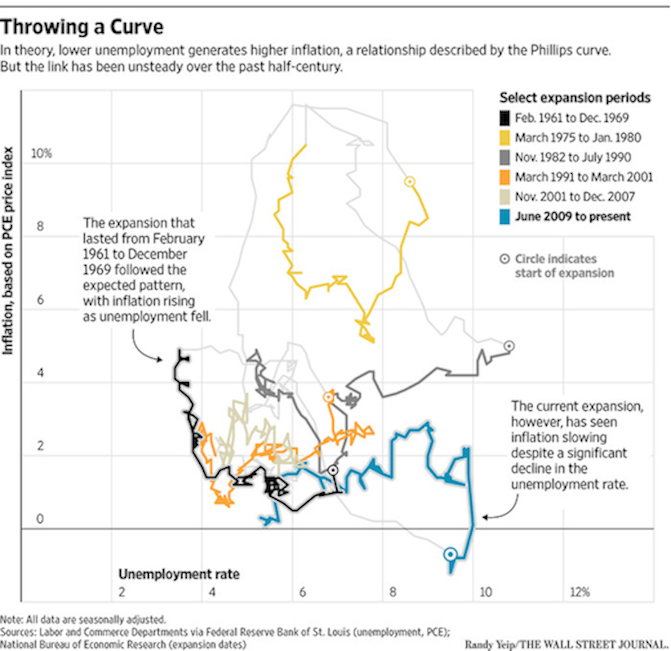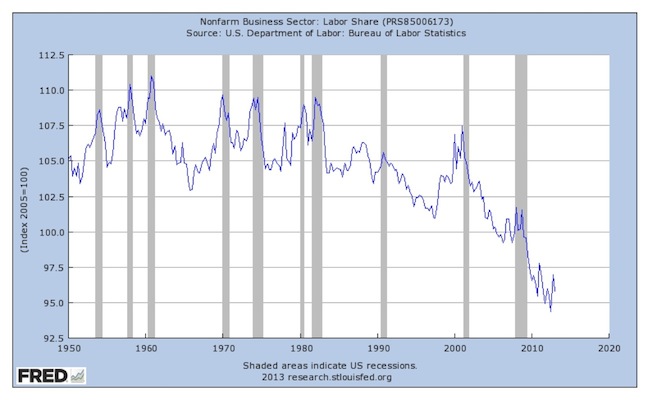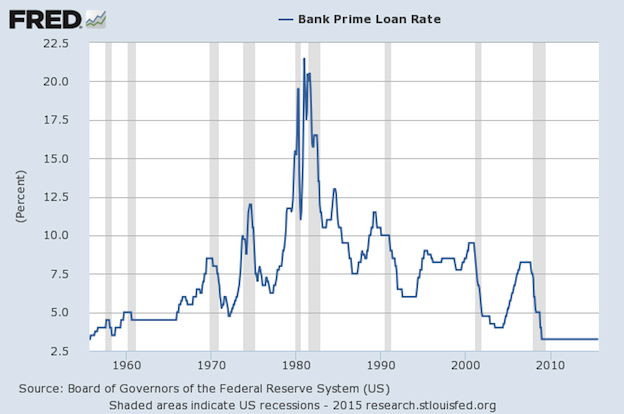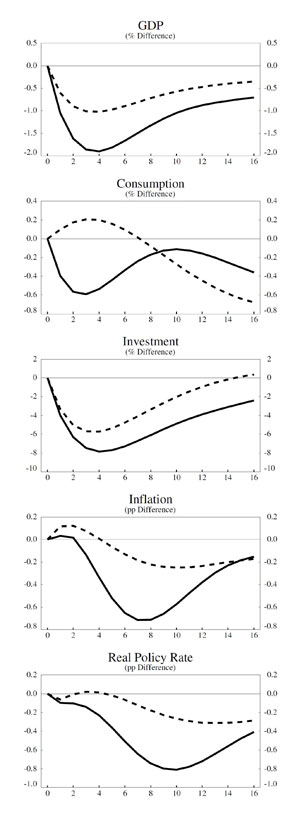The Great Transformation Part 1: The Market
The Great Transformation by Karl Polanyi opens with a discussion of the changes in industrial societies in the 1920-30, which he says wiped out the social structures of the 19th Century. His explanation of that change begins with a history of markets, and their role in creating what he calls the market society. In mainstream economic theory, there is no definition of the term market, as I discuss here. I found a definition of market economy in Economics by Samuelson and Nordhaus, 2005 ed. p. 26.
A market economy is an elaborate mechanism for coordinating people, activities, and businesses through a system of prices and markets. It is a communication device for pooling the knowledge and actions of billions of diverse individuals. P. 26.
This is obviously not an analytical definition. I argue here that it means that a market economy is any economy except a command and control economy.
Polanyi takes a completely different tack in defining the term market. He begins with a discussion of the way economies functioned in the earliest societies. Production and distribution of goods, he says, are based on three different schemes. In some societies, all production from hunters and gatherers is shared as needed, a principle of reciprocity. In some, all such production is given to one person, a headman or a chief, whose responsibility it is to distribute them properly, a principle that Polanyi calls redistribution. The third principle is householding. In these societies, the basic unit of production is the household which may be as small as an extended family or much bigger. Each household is responsible for providing itself with its needs. In each society, the motives of production and of exchange of products are different, and each shares some facets of each of these three principles. Here’s Polanyi:
Broadly, the proposition holds that all economic systems known to us up to the end of feudalism in Western Europe were organized either on the principle of reciprocity or redistribution, or householding, or some combination of the three. These principles were institutionalized with the help of a social organization which, inter alia, made use of the patterns of symmetry, centricity, and autarchy. In this framework, the orderly production and distribution of goods was secured through a great variety of individual motives disciplined by general principles of behavior. Among thee motives gain was not prominent. Custom and law, magic and religion cooperated in inducing the individual to comply with rules of behavior which, eventually, ensured his functioning in the economic system. P. 57
Polanyi says that Aristotle drew a distinction between householding and production for gain. The household produced for its own needs. When production exceeded its needs either accidentally or purposefully, it sold the remainder for money to buy things it could not produce. Aristotle and Polanyi do not see this as a movement away from the basic system of householding, so long as the excess production could otherwise have been used by the household.
The genius of Aristotle is his recognition that the sale of the excess was motivated by a search for gain, not by the relations inherent in the society itself or in any household. Inside the groups, the basis of exchange remains what it was before, such as distribution by the head of the household. But gain was the primary motive for activity in the open markets. Here’s Polanyi on this difference:
In denouncing the principle of production for gain as boundless and limitless, “as not natural to man,” Aristotle was, in effect, aiming at the crucial point, namely, the divorce of the economic motive from all concrete social relationships which would by their very nature set a limit to that motive. P. 57.
It’s here we find Polanyi’s definition of the term “market”:
A market is a meeting place for the purpose of barter or buying and selling. P. 59
Polanyi explains that standard economics is based on some other understanding of the term markets, and that his research shows that the facts contradict every element of the standard definition and the role of markets in society before Mercantilism took over.
The reasons are simple. Markets are not institutions functioning mainly within an economy, but without. They are meeting place of long-distance trade. Local markets proper are of little consequence. Moreover, neither long-distance nor local markets are essentially competitive, and consequently there is, in either case, but little pressure to create territorial trade, a so-called internal or national market. Every one of these assertions strikes at some axiomatically held assumption of the classical economists, yet they follow closely from the facts as they appear in the light of modern research. P. 61
He goes on to show that as markets began to form, society began to regulate and control them. In some societies, the tools were custom and ritual. In larger societies, governments took over control, along with other institutions.
Polanyi says that markets are not part of a society, but outside it. Societies impose controls to protect themselves from these intruders.
As a side note, this simple definition coupled with the discussion of social control fits pretty well with my definition, and with my motivation for the definition, which is set out in that post. Perhaps that explains why I like this book.
A market is the set of social arrangements under which people buy and sell specific goods and services at a specific point in time.
Social arrangements means all of the things that constrain and organize human action, including laws, regulations, social expectations, conventions, and standards, whether created or enforced by governments, institutions or local traditions.
This summary of the early history of markets in The Great Transformation gives, I hope, a good sense of the basis of Polanyi’s argument. It differs from the standard economics version, where markets arose spontaneously out of people’s general love of truck and barter, and the introduction of coinage to ease the problems of different levels of value. There are substantive criticisms of Polanyi’s history, one of which was suggested by commenter Alan: The Reproving of Karl Polanyi, Santhi Hejeebu; Deirdre McCloskey Critical Review; Summer 1999, I’ll discuss some of the criticisms, but for now let’s take time to think about this alternative history. We know a lot of the support for neoliberalism arises from the story of the evolution of the market system in what seems to be a natural and inexorable process from the earliest times to the present. It makes it seem so natural, so obviously human and desirable. Polanyi asks us to consider this simple question: What if standard economic history is just plain wrong?




